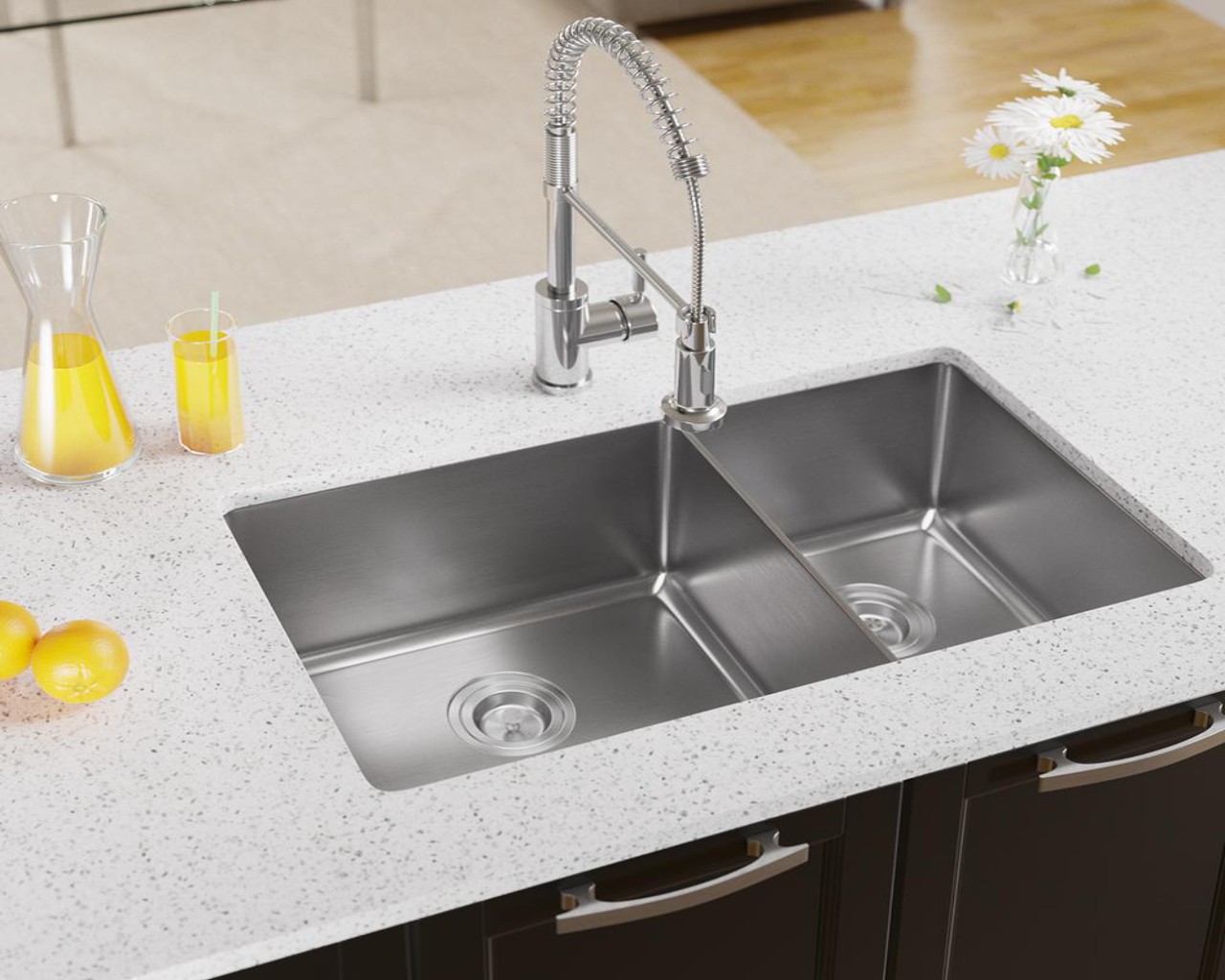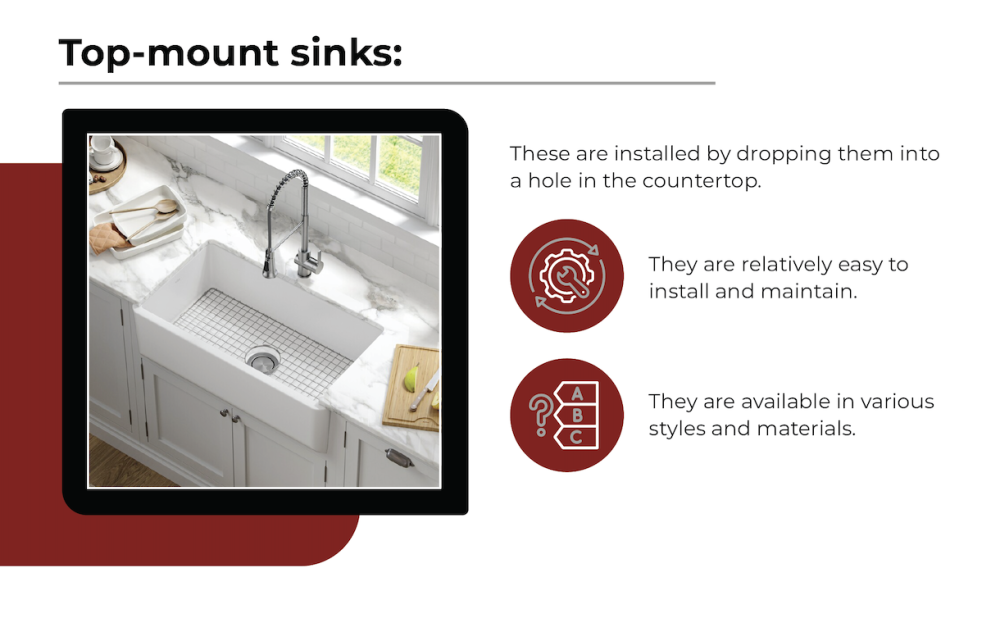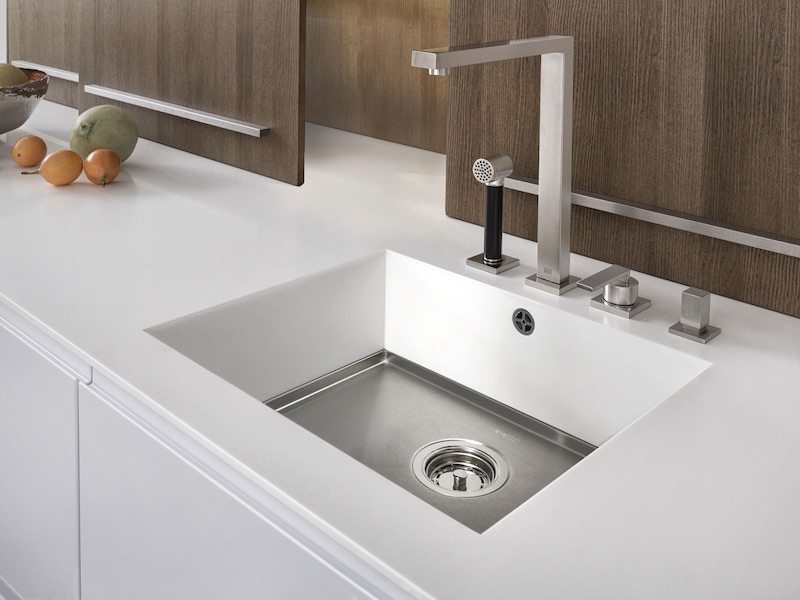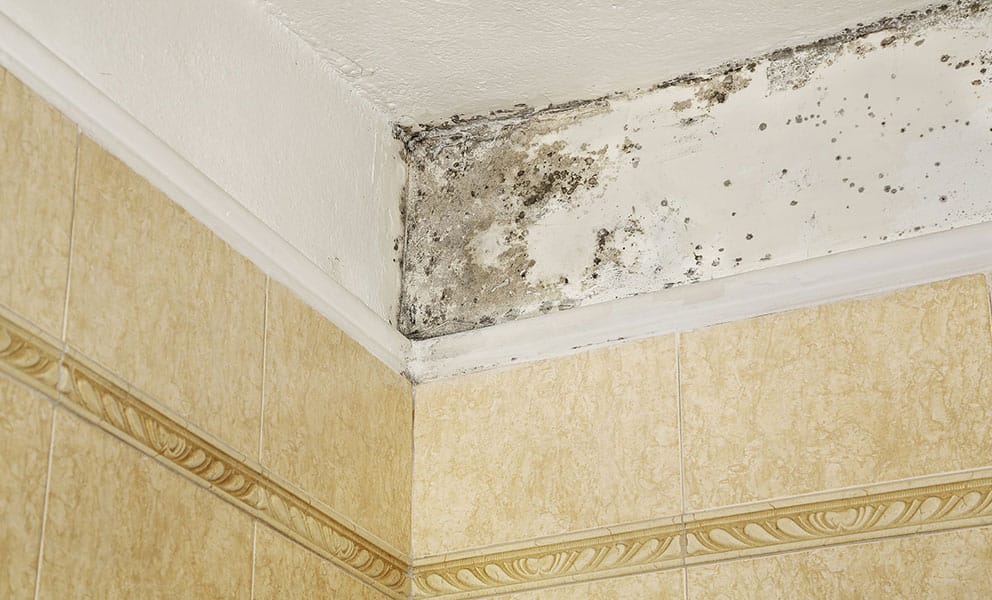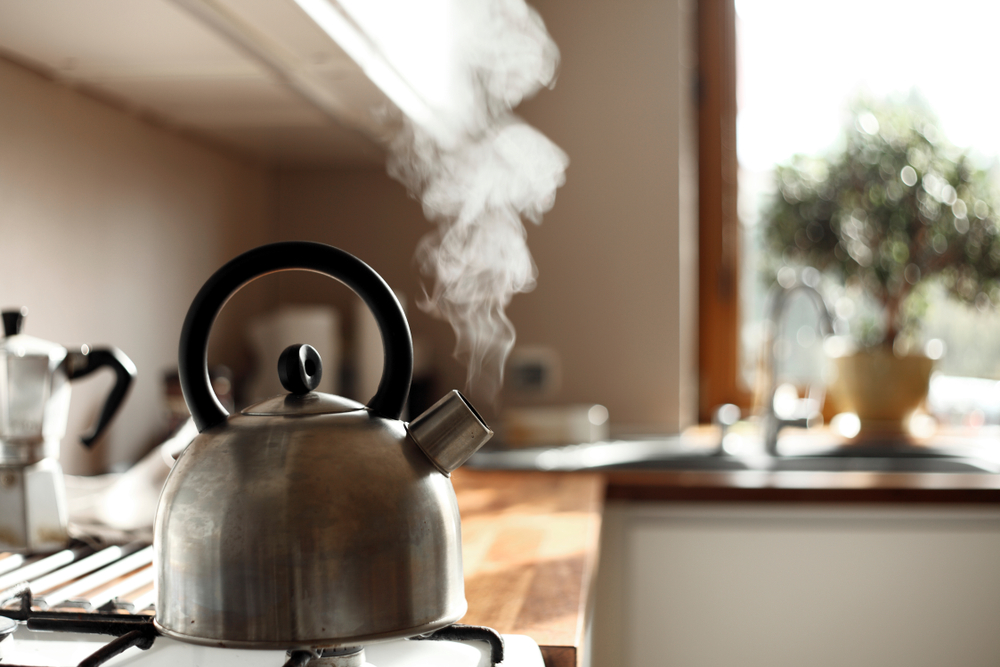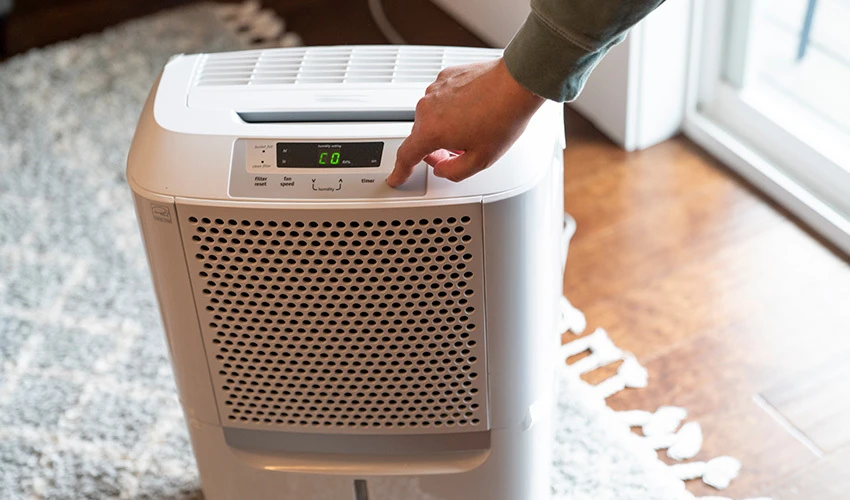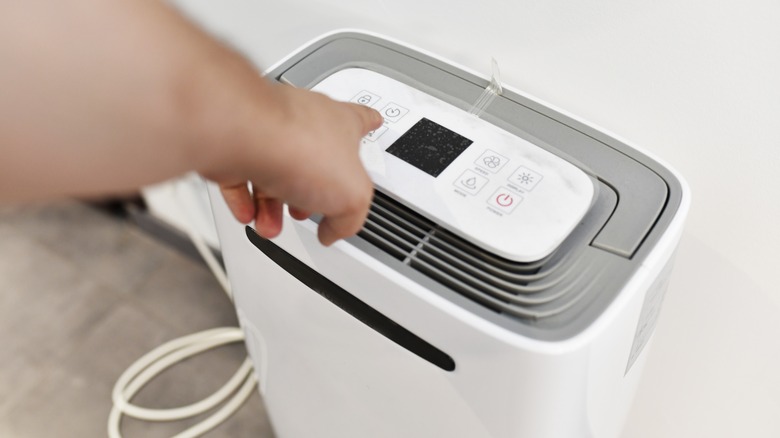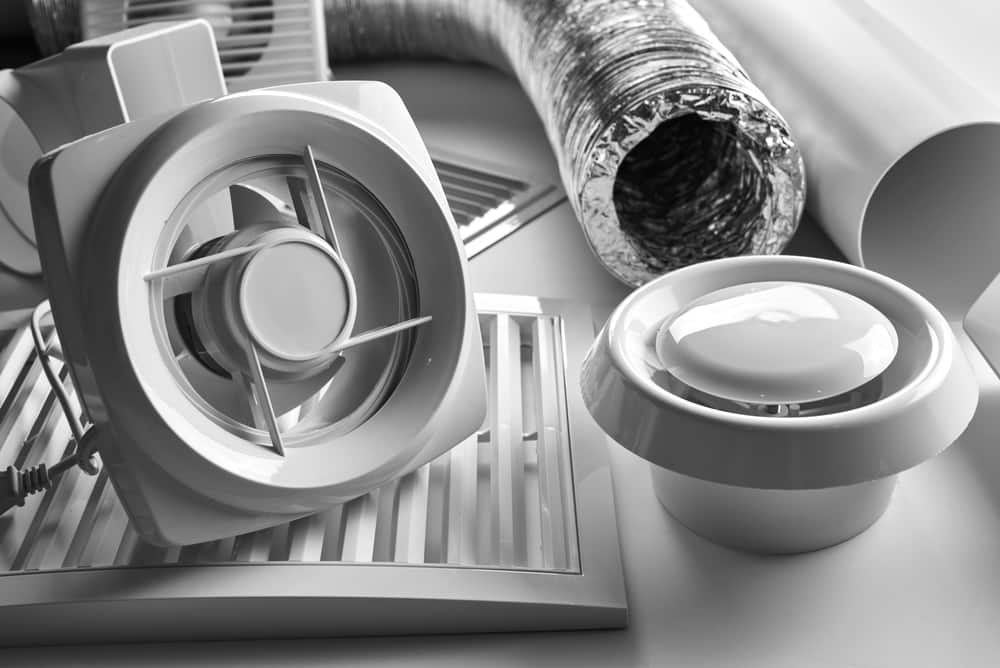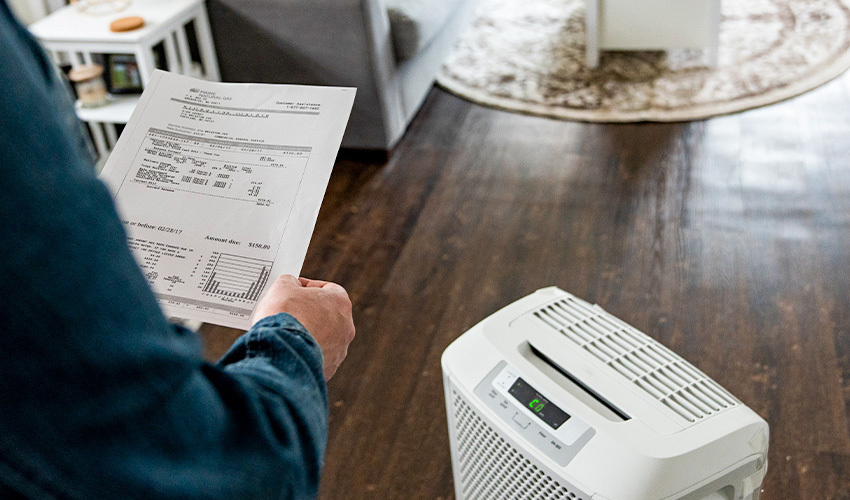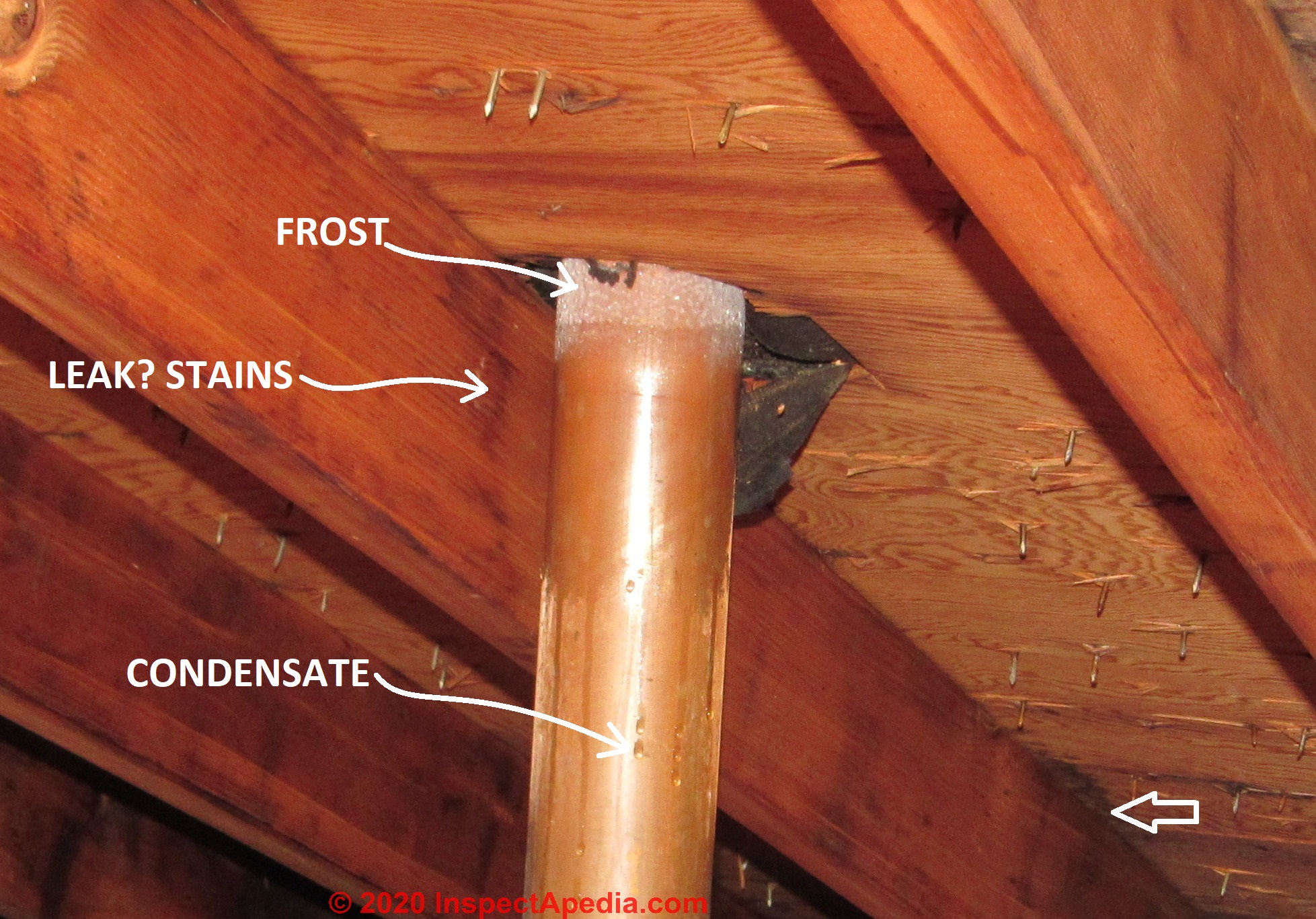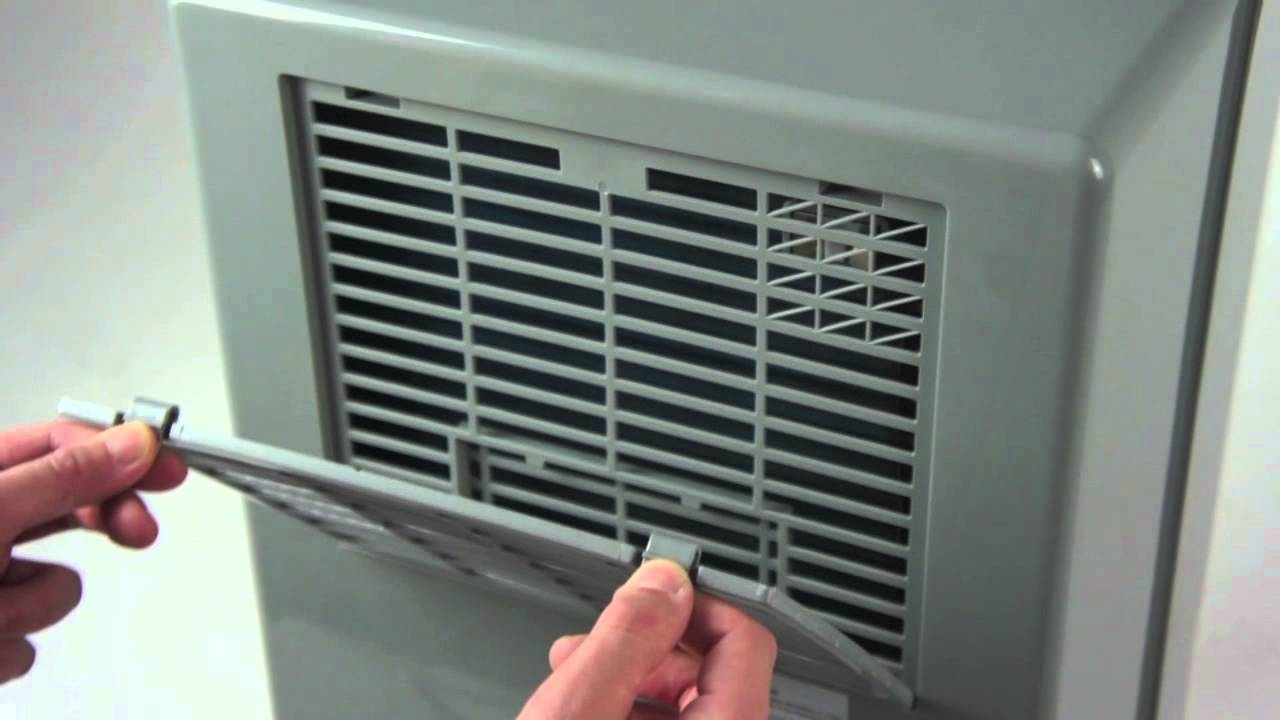1. Causes of Condensation Underneath Kitchen Sink
Condensation underneath the kitchen sink can be a common problem that many homeowners face. It occurs when warm air comes in contact with a cold surface, causing water droplets to form. While this may seem like a minor annoyance, it can lead to bigger issues such as mold and mildew growth. So, what are the main causes of condensation underneath the kitchen sink?
One of the main causes is poor ventilation. If your kitchen sink is not properly ventilated, it can trap warm, humid air from your cooking and washing activities. This warm air then comes in contact with the cold pipes and surfaces underneath the sink, causing condensation to form.
Another cause could be a lack of insulation. If the pipes underneath your sink are not properly insulated, they can become cold and create the perfect environment for condensation to form. This is especially common in older homes or those with inadequate insulation.
Lastly, high humidity levels in your home can also contribute to condensation underneath the kitchen sink. If the air in your home is too humid, it can create excess moisture that can lead to condensation. This is particularly common in areas with hot and humid climates.
2. How to Fix Condensation Underneath Kitchen Sink
If you’ve noticed condensation underneath your kitchen sink, there are a few steps you can take to fix the problem. The first and most important step is to improve ventilation. This can be done by installing an exhaust fan or opening a window while cooking or washing dishes.
Another solution is to insulate the pipes underneath your sink. This can be done using foam pipe insulation, which can be easily found at hardware stores. Insulation will help keep the pipes warm, preventing condensation from forming.
You can also use a dehumidifier to reduce the humidity levels in your home. This will not only help prevent condensation underneath your kitchen sink but also in other areas of your home. Be sure to place the dehumidifier near the kitchen area for best results.
Lastly, if the condensation is caused by a leaking sink, it’s important to fix the leak as soon as possible. This can be done by tightening the connections or replacing any damaged parts. If you’re not confident in your plumbing skills, it’s best to call a professional to fix the leak for you.
3. Preventing Condensation Underneath Kitchen Sink
Prevention is always better than a cure, and this holds true for condensation underneath the kitchen sink. Taking some preventive measures can help you avoid this problem altogether. One of the best ways to prevent condensation is to regularly clean and dry the area underneath your sink.
Make sure to wipe down any excess moisture from the pipes and surfaces. You can also use a fan or a cloth to help dry the area more quickly. This will help prevent any buildup of moisture that can lead to condensation.
Another way to prevent condensation is to use a dehumidifier in your kitchen. This will help reduce the overall humidity levels in the air, making it less likely for condensation to form. Additionally, make sure to fix any leaks as soon as you notice them to prevent excess moisture buildup.
4. Signs of a Leaking Kitchen Sink
While condensation is a common problem underneath the kitchen sink, it’s important to also be aware of signs of a leaking sink. If left untreated, a leak can lead to more serious issues such as water damage and mold growth. Some signs of a leaking sink include water stains or puddles underneath the sink, musty smells, and warped or damaged cabinets.
If you notice any of these signs, it’s important to take action immediately to prevent further damage. Ignoring a leaking sink can lead to expensive repairs and potential health hazards in your home.
5. Common Kitchen Sink Leaks and How to Fix Them
There are a few common types of kitchen sink leaks that you may encounter. The first is a leaking faucet, which can be caused by a worn-out washer or O-ring. This can easily be fixed by replacing the damaged part. The second type is a leaking sink drain, which can be caused by a damaged or loose connection. This can be fixed by tightening the connections or replacing any damaged parts.
Another common type of leak is a leaking garbage disposal. This can be caused by a faulty seal or a clog in the disposal. If you’re not comfortable fixing it yourself, it’s best to call a professional plumber to take care of the issue.
6. How to Seal a Kitchen Sink Drain
If you notice a leak coming from your kitchen sink drain, it may be time to seal it. To do this, you will need to first remove the drain and clean off any old plumbers putty. Then, apply a new layer of putty around the drain and reattach it to the sink. Make sure to tighten the connections and wipe away any excess putty. This should create a tight seal and prevent any further leaks.
7. Tips for Keeping Your Kitchen Sink Dry
Aside from regularly cleaning and drying the area underneath your kitchen sink, there are a few other tips you can follow to keep it dry. One tip is to use a dish drying rack instead of placing wet dishes directly in the sink. This will help prevent excess moisture from building up.
You can also use a towel or mat underneath your sink to help absorb any excess moisture. Be sure to wash and dry these regularly to prevent mold growth. Lastly, make sure to fix any leaks or plumbing issues as soon as you notice them to prevent any water damage or mold growth.
8. Understanding Kitchen Sink Materials and Their Susceptibility to Condensation
The material of your kitchen sink can also play a role in how susceptible it is to condensation. Stainless steel sinks, for example, are more prone to condensation compared to other materials. This is because they are better at conducting heat, making them colder to the touch and more likely to cause condensation.
On the other hand, ceramic or fireclay sinks are less likely to experience condensation because they are not as good at conducting heat. If you’re in the market for a new kitchen sink, it’s important to consider the materials and their potential for condensation.
9. How to Properly Vent Your Kitchen Sink to Prevent Condensation
Proper ventilation is crucial in preventing condensation underneath your kitchen sink. If your kitchen does not have a window, installing an exhaust fan is a must. This will help remove excess humidity from the air and prevent condensation from forming.
You can also add a vent to the drain line of your sink to allow warm air to escape. This can be especially helpful if your sink is located in an island or away from a wall where it can be connected to a main vent.
10. Using a Dehumidifier to Combat Condensation Underneath Kitchen Sink
If you live in a humid climate or struggle with high humidity levels in your home, investing in a dehumidifier can be a great solution for preventing condensation underneath your kitchen sink. A dehumidifier works by removing excess moisture from the air, helping to keep the humidity levels in check.
Be sure to place the dehumidifier near your kitchen area, and regularly empty and clean it to keep it functioning properly. You can also use a hygrometer to monitor the humidity levels and adjust the dehumidifier accordingly.
In conclusion, while condensation underneath the kitchen sink can be a common problem, it’s important to address it before it leads to more serious issues. By understanding the causes, signs, and preventive measures, you can keep your kitchen sink dry and prevent any potential damage. Remember to regularly clean and dry the area, improve ventilation, and fix any leaks to keep your kitchen sink in top condition.
How to Prevent Condensation Underneath Your Kitchen Sink

Understanding the Problem
 One of the most common issues homeowners face in their kitchen is condensation underneath the sink. Not only is this problem unsightly and can lead to unpleasant odors, but it can also cause damage to your cabinets and flooring. If left untreated, condensation can also lead to mold growth, posing a health risk for you and your family. So, what causes condensation underneath the sink and how can you prevent it?
One of the most common issues homeowners face in their kitchen is condensation underneath the sink. Not only is this problem unsightly and can lead to unpleasant odors, but it can also cause damage to your cabinets and flooring. If left untreated, condensation can also lead to mold growth, posing a health risk for you and your family. So, what causes condensation underneath the sink and how can you prevent it?
The Culprit: Warm and Cool Air
 Condensation occurs when warm and cool air meet, causing moisture to form on surfaces. In the case of your kitchen sink, warm air from the surrounding area meets the cool pipes and metal fixtures underneath the sink, causing condensation to form. This is especially common in areas with high humidity levels or in homes with poor ventilation.
Condensation occurs when warm and cool air meet, causing moisture to form on surfaces. In the case of your kitchen sink, warm air from the surrounding area meets the cool pipes and metal fixtures underneath the sink, causing condensation to form. This is especially common in areas with high humidity levels or in homes with poor ventilation.
Solutions to Prevent Condensation
 There are several steps you can take to prevent condensation underneath your kitchen sink. First, ensure that your kitchen is well-ventilated. This can be achieved by installing an exhaust fan or opening windows when cooking or using the dishwasher. You can also consider adding a dehumidifier to your kitchen to reduce overall humidity levels.
Another solution is to insulate the pipes and fixtures underneath your sink. This will help prevent warm air from coming into contact with cool surfaces, reducing the chances of condensation forming. You can use a variety of materials such as foam pipe insulation or reflective foil insulation to cover the pipes.
Regularly cleaning and drying the area underneath your sink can also help prevent condensation. Wipe down any excess moisture with a dry cloth and make sure to fix any leaks or drips from pipes or faucets as soon as possible.
There are several steps you can take to prevent condensation underneath your kitchen sink. First, ensure that your kitchen is well-ventilated. This can be achieved by installing an exhaust fan or opening windows when cooking or using the dishwasher. You can also consider adding a dehumidifier to your kitchen to reduce overall humidity levels.
Another solution is to insulate the pipes and fixtures underneath your sink. This will help prevent warm air from coming into contact with cool surfaces, reducing the chances of condensation forming. You can use a variety of materials such as foam pipe insulation or reflective foil insulation to cover the pipes.
Regularly cleaning and drying the area underneath your sink can also help prevent condensation. Wipe down any excess moisture with a dry cloth and make sure to fix any leaks or drips from pipes or faucets as soon as possible.
Conclusion
 By understanding the cause of condensation and taking preventive measures, you can effectively reduce or eliminate the problem of condensation underneath your kitchen sink. Remember to keep your kitchen well-ventilated, insulate pipes and fixtures, and regularly clean and dry the area to prevent moisture buildup. With these simple steps, you can maintain a dry and healthy kitchen.
By understanding the cause of condensation and taking preventive measures, you can effectively reduce or eliminate the problem of condensation underneath your kitchen sink. Remember to keep your kitchen well-ventilated, insulate pipes and fixtures, and regularly clean and dry the area to prevent moisture buildup. With these simple steps, you can maintain a dry and healthy kitchen.

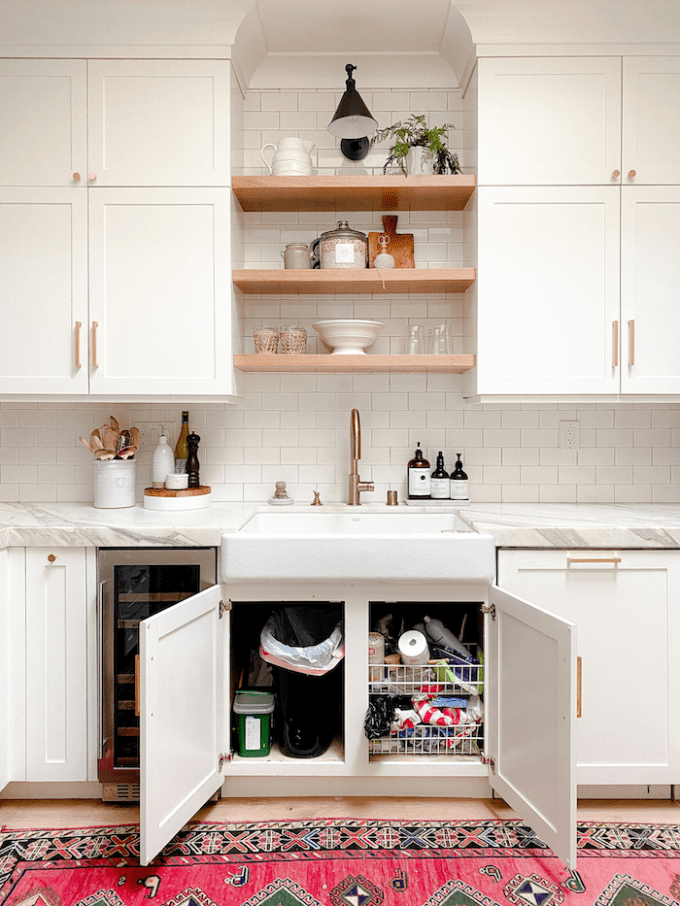



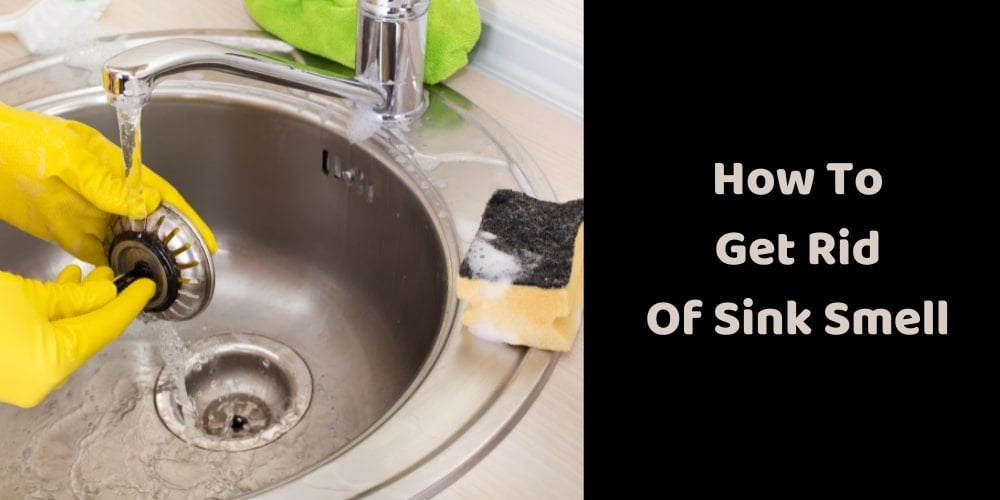







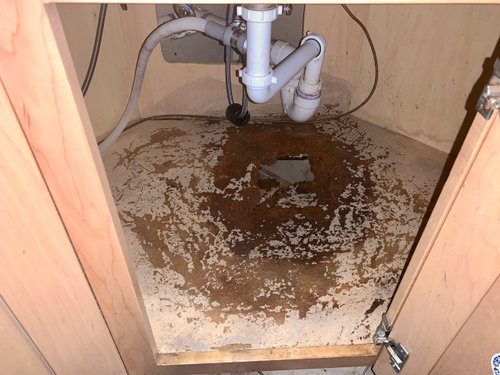
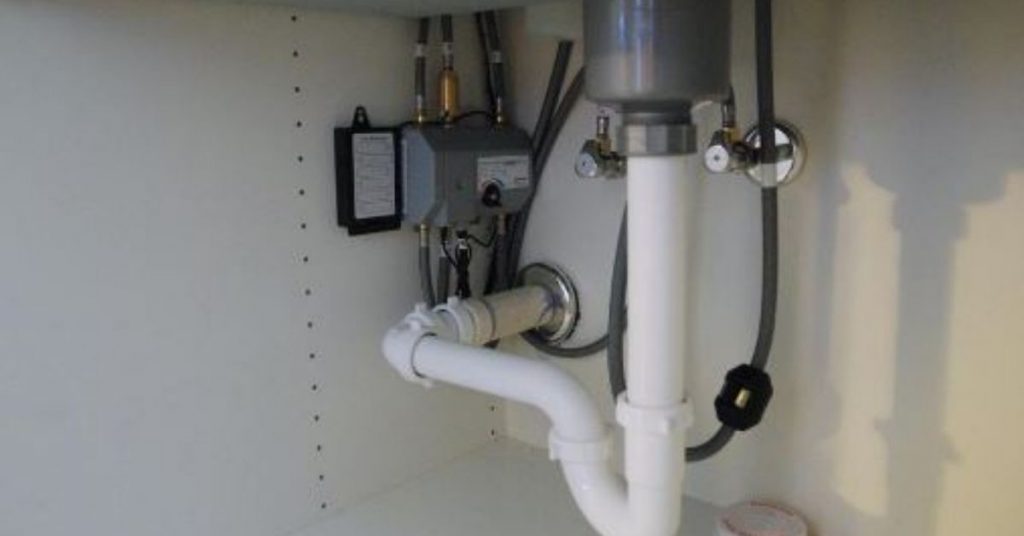



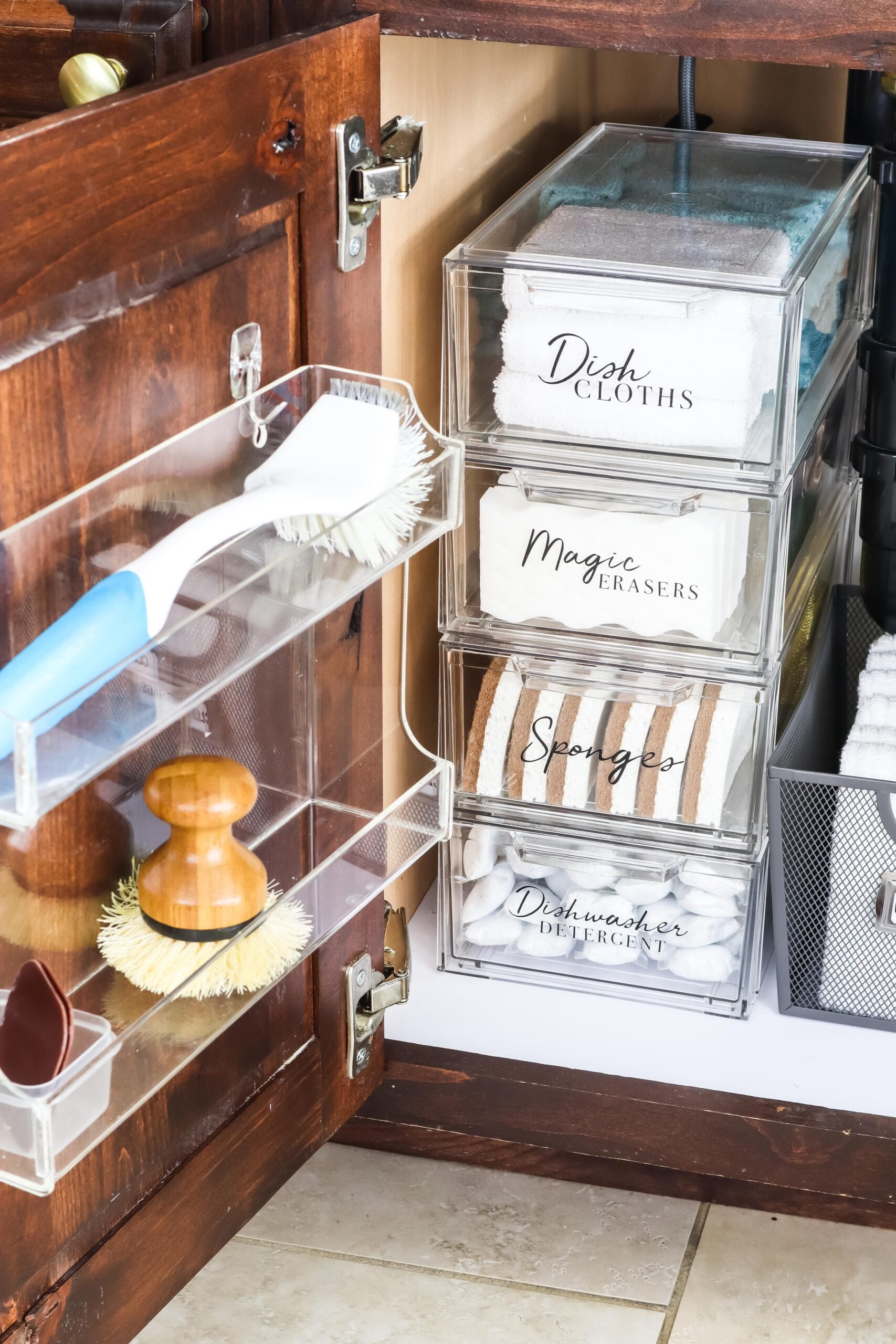


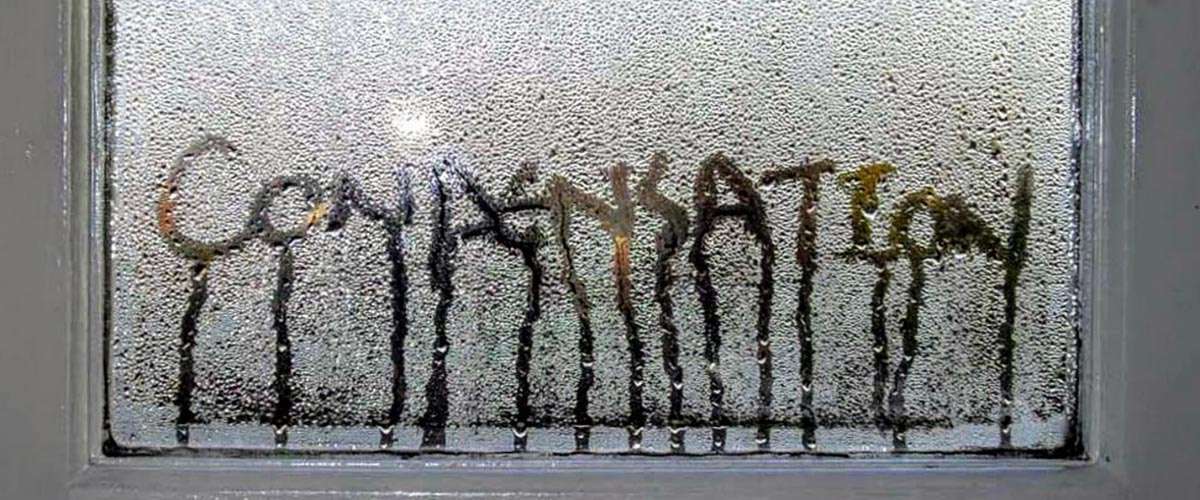
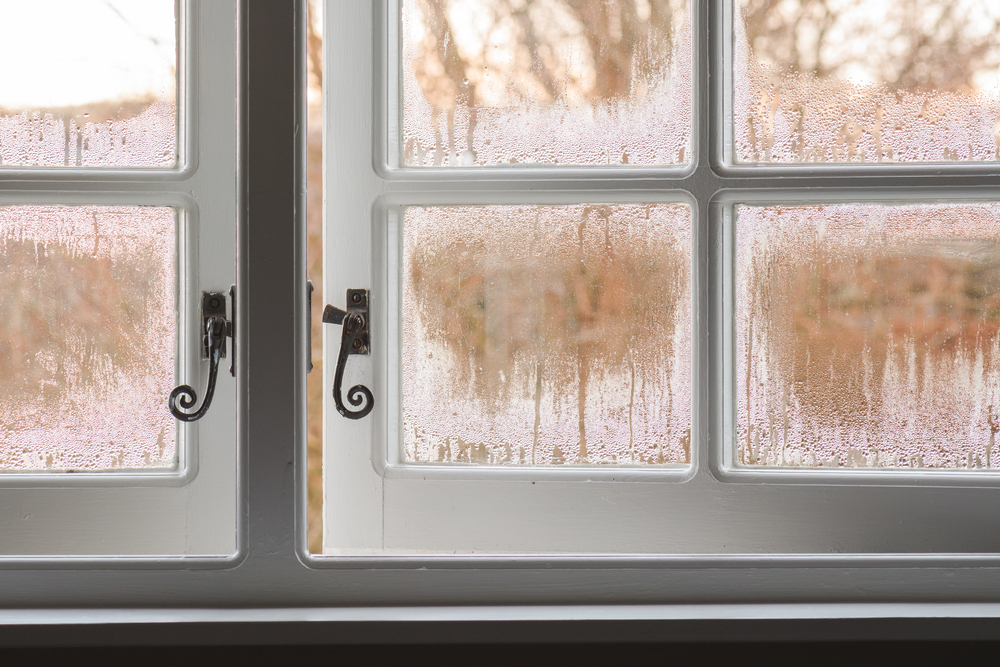


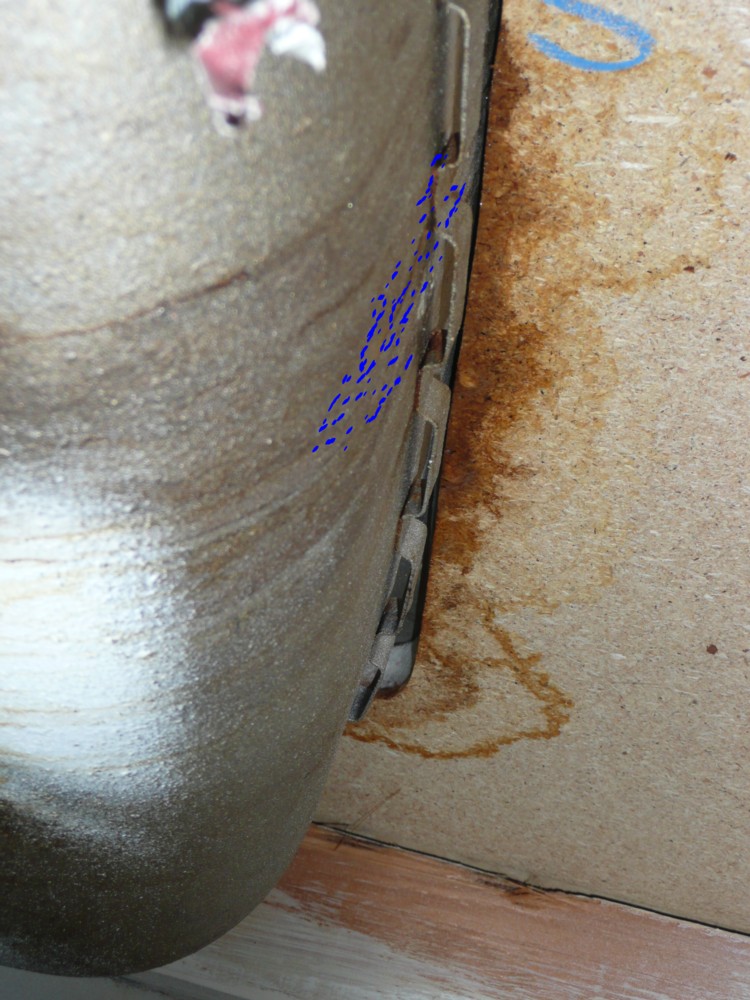



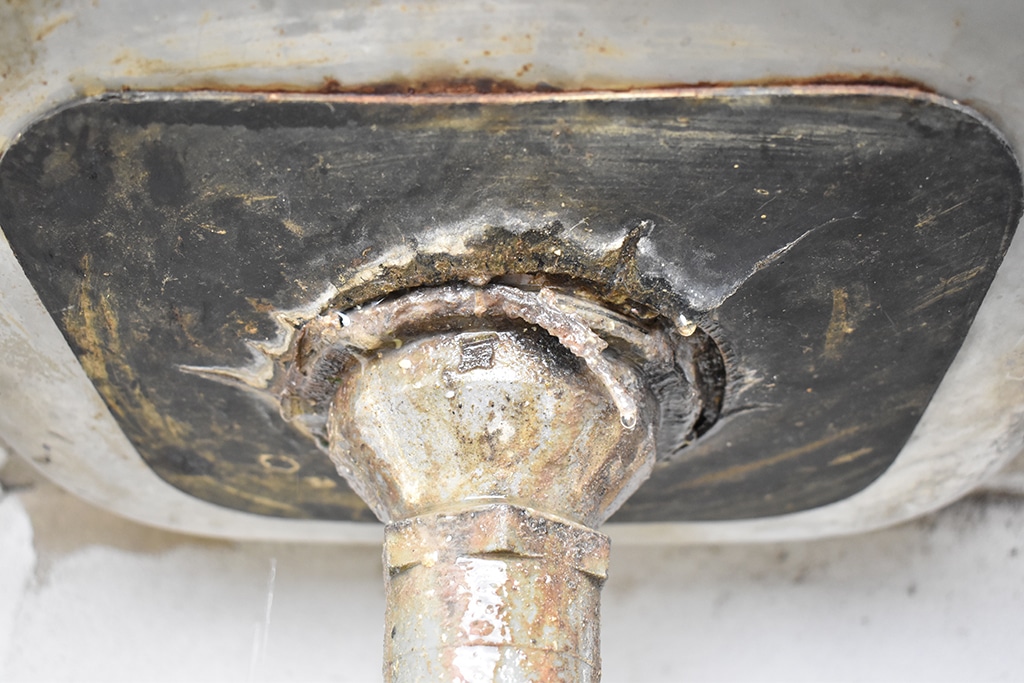





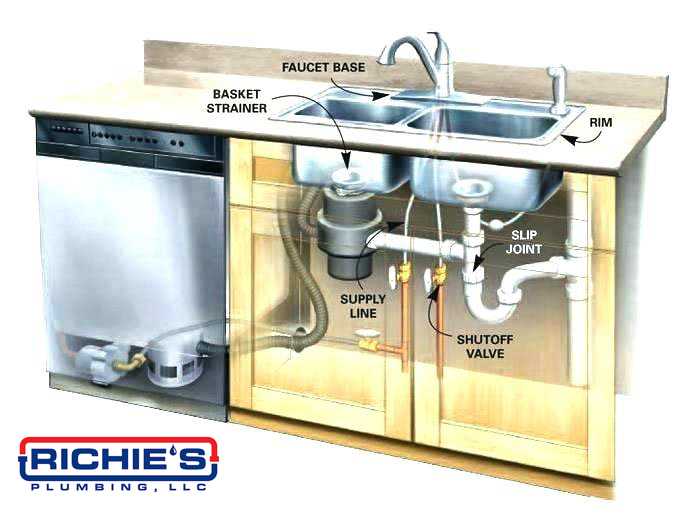



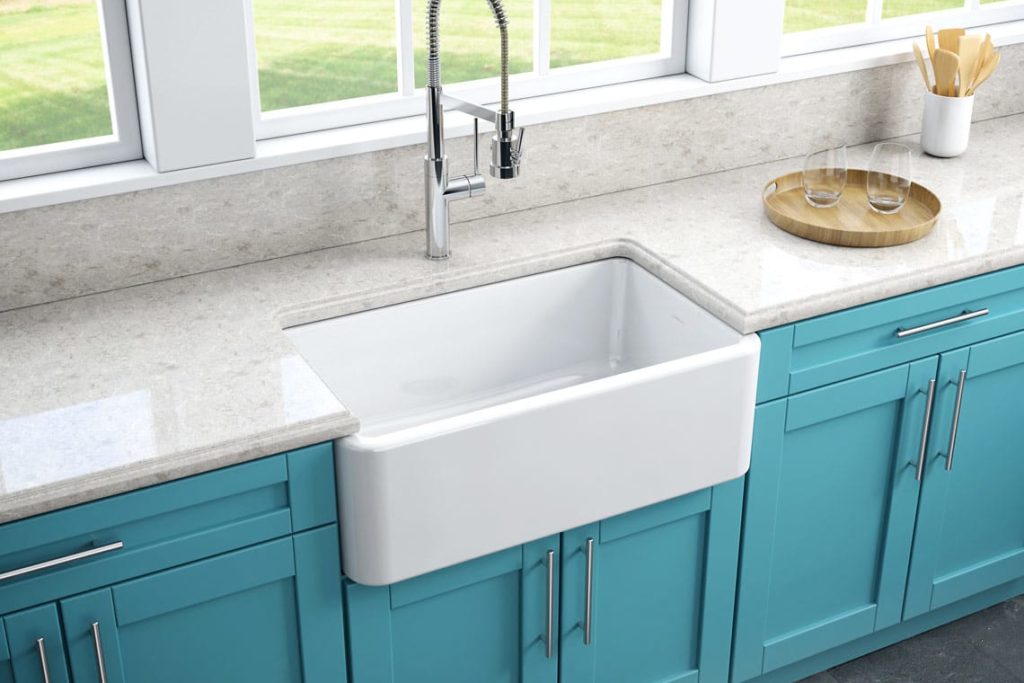




/how-to-install-a-sink-drain-2718789-hero-24e898006ed94c9593a2a268b57989a3.jpg)




















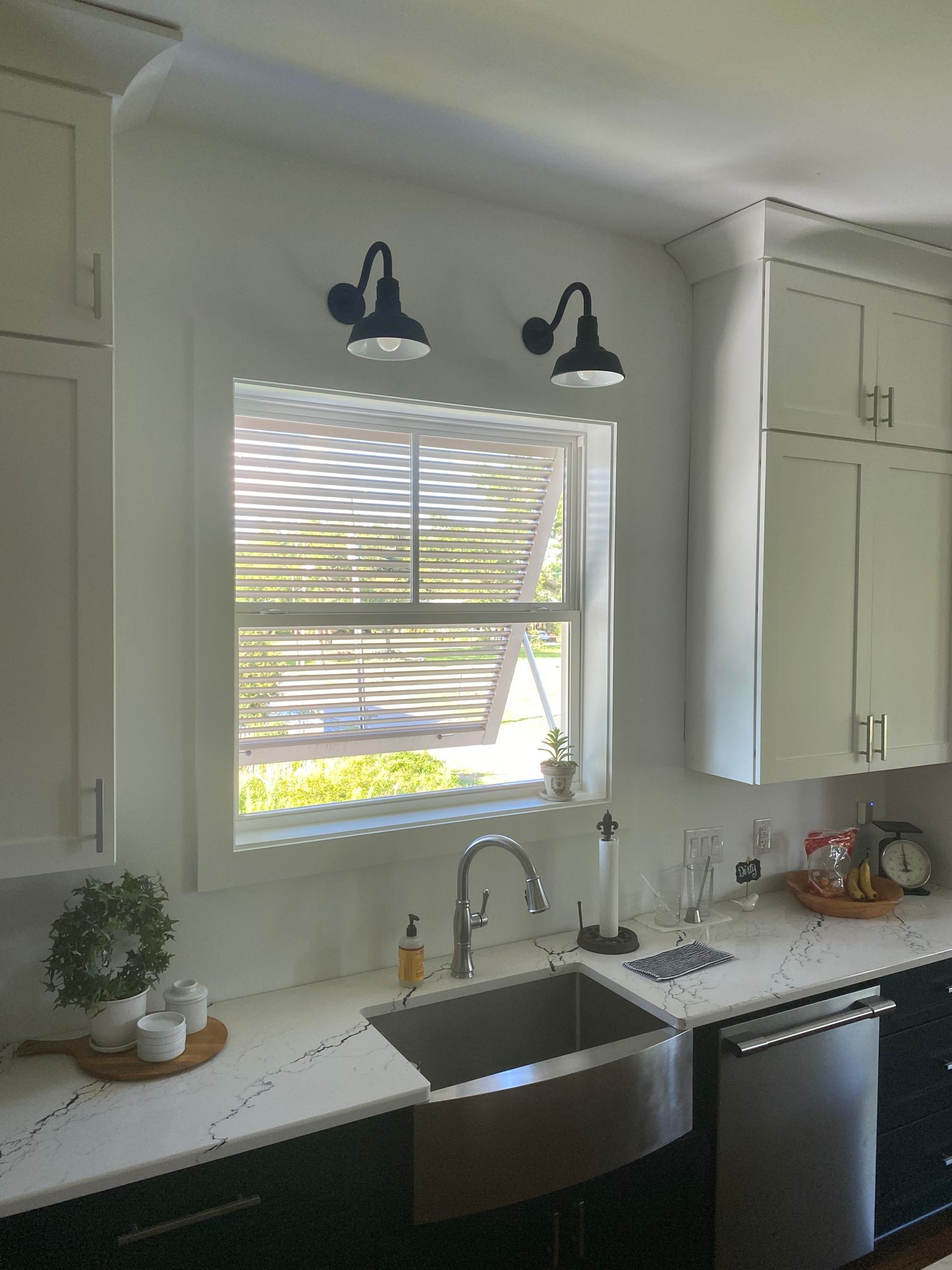

:max_bytes(150000):strip_icc()/Basic-kitchen-sink-types-1821207_color_rev-0b539306b9ef4236a136624ad2a89a4c.jpg)

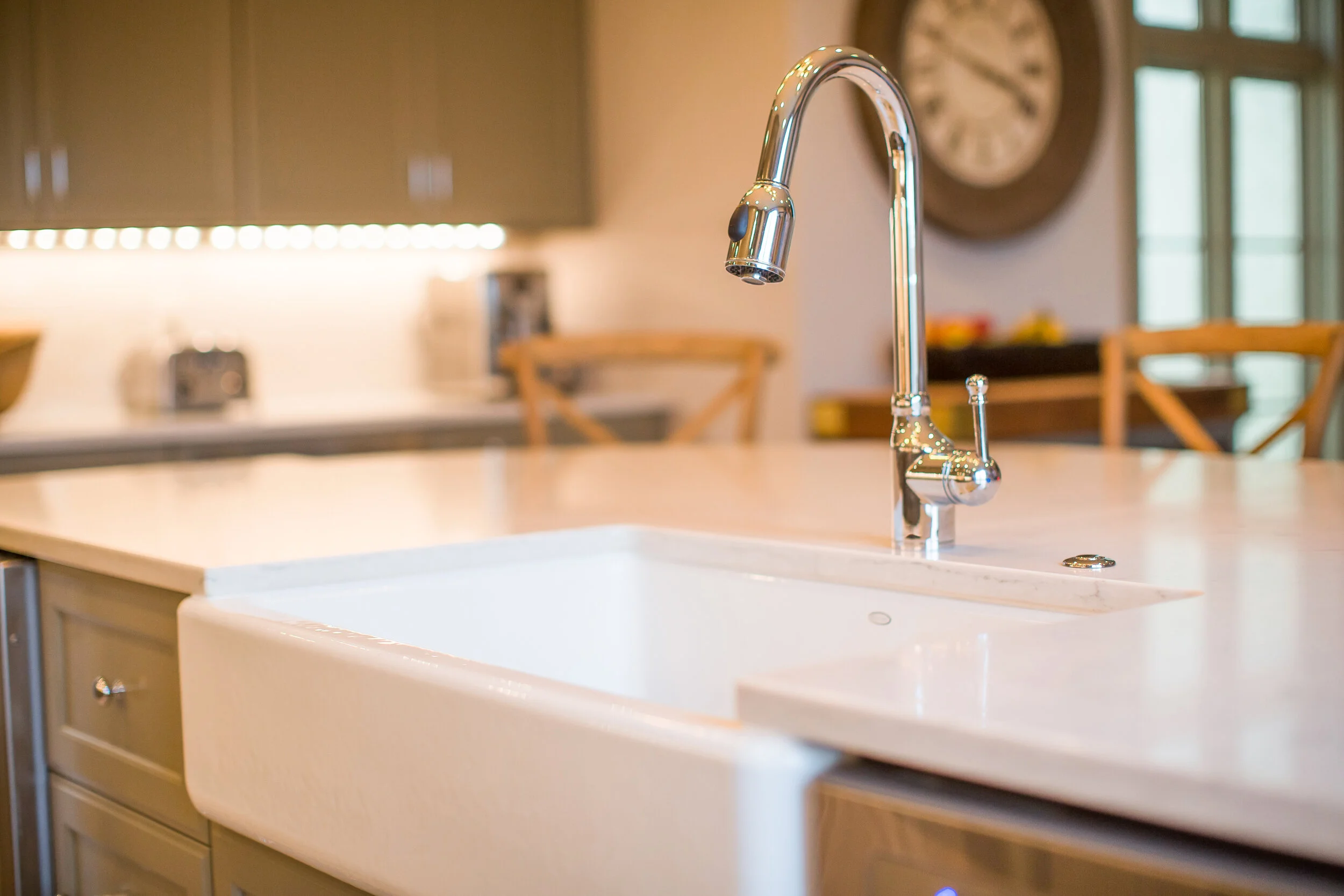
:no_upscale()/cdn.vox-cdn.com/uploads/chorus_asset/file/19495086/drain_0.jpg)
